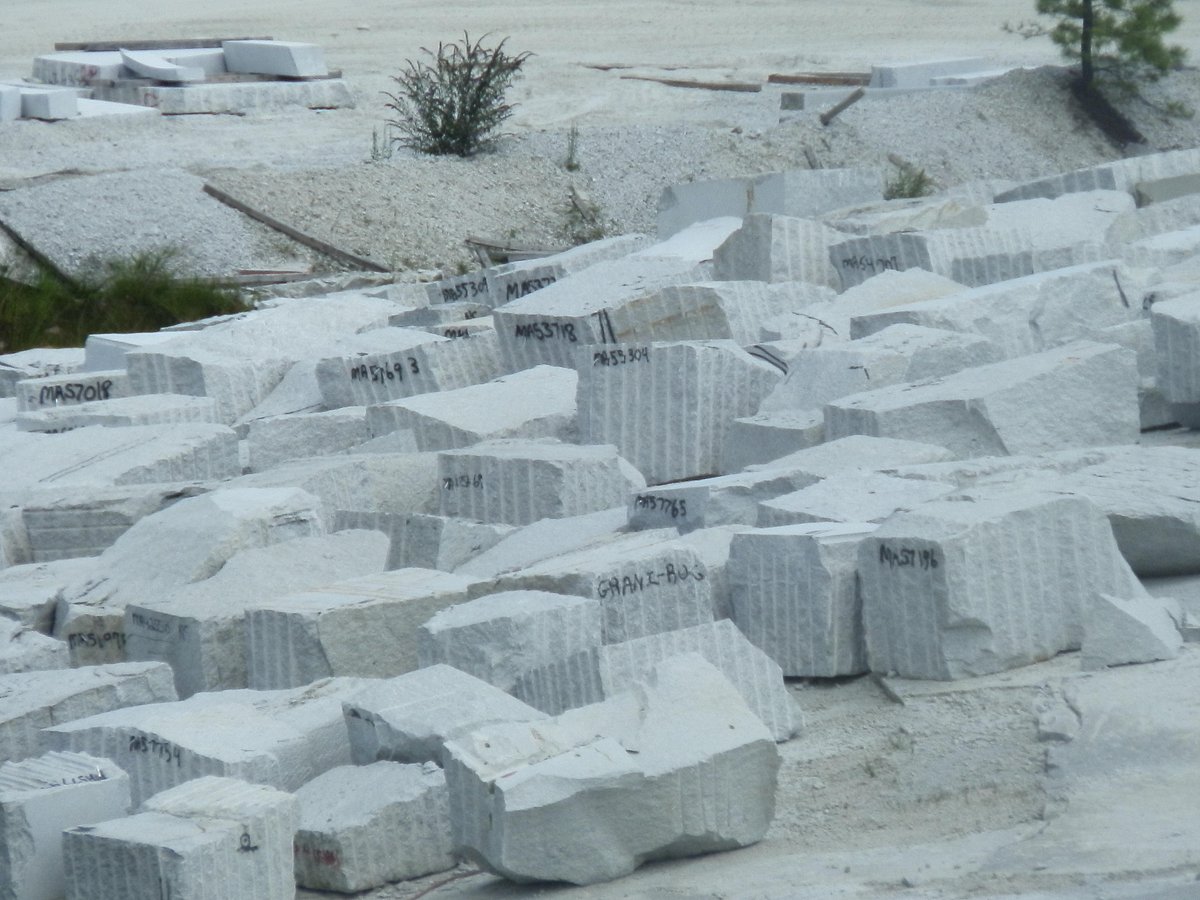Revealing the Mysteries of Granite Quarrying: Where Strength and Style Meet
The world of granite quarrying is a world where the raw toughness of nature converges with human creativity to develop structures that stand the test of time with an air of beauty. From the midsts of quarries to the thorough sprucing up in workshops, the procedure of transforming granite into building wonders is a complex dance of custom and development. As we peer right into the midsts of this old craft, we start to uncover the covert details that form the very essence of our constructed environment.
The Origins of Granite Quarrying
In the annals of building history, the origins of granite quarrying are shrouded in a tapestry of old workmanship and geological marvels. Going back to ancient Egypt and Mesopotamia, the extraction of granite from quarries noted the start of a journey that would eventually lead to the development of a few of the globe's most famous frameworks.
Granite quarrying's origins can be mapped to the competent artisans that acknowledged the stone's longevity and visual charm. Through a combination of primitive devices and large resolution, these very early quarry employees uncovered granite blocks that would come to be the building blocks of human beings.
As civilizations evolved, so did the techniques of quarrying granite. The Romans, renowned for their engineering prowess, created innovative approaches for drawing out granite to construct monoliths, holy places, and roadways that stood the test of time.
The legacy of these ancient quarrying techniques proceeds to shape contemporary architecture, with granite remaining a symbol of toughness and style in construction projects around the world. (granite quarries in south africa)
Devices of the Quarrying Profession
The development of granite quarrying methods from ancient worlds to modern times highlights the vital role played by the devices of the quarrying sell shaping the industry's techniques. In old times, quarrying tools were basic, typically including knives, hammers, and wedges made from products like bronze or iron. These tools called for considerable manpower and time to remove granite blocks from quarries.

In addition, the intro of pneumatically-driven devices and high-powered equipment has actually significantly decreased the physical labor required in quarrying operations, boosting worker safety and efficiency. As the quarrying market continues to innovate, the devices of the trade stay at the forefront of driving progression and forming the future of granite removal.
Drawing Out Blocks of Granite
Using accuracy equipment and progressed techniques, the removal of granite blocks from quarries has come to be an innovative process in the modern quarrying sector. Managed blowing up techniques are after that employed to damage apart the granite into manageable areas.

Sprucing Up and Completing Techniques
To attain a remarkable surface on granite blocks, knowledgeable craftsmens utilize a collection of careful polishing and completing techniques. After the first extraction and shaping procedures, the granite blocks undertake a complete sprucing up phase to enhance their all-natural beauty and resilience. One usual approach utilized in polishing granite is diamond abrasion, where industrial rubies are made use of to grind and polish the rock to a smooth coating. This process not just creates he said a lustrous surface but also makes certain uniformity in shade and texture throughout the granite block.
In enhancement to sprucing up, finishing methods are related to further fine-tune the granite's look. These strategies might include flaming, sharpening, or cleaning, each offering one-of-a-kind textures and surfaces to fit various aesthetic preferences. Flaming, for circumstances, involves subjecting the granite surface area to high temperature levels to develop a rough, distinctive finish, perfect for outside applications where slip-resistance is necessary. Sharpening, on the various other hand, provides a matte coating that is smooth to more the touch, ideal for indoor counter tops and flooring. By very carefully picking and using these polishing and completing methods, craftsmens can change raw granite obstructs right into exquisite pieces that showcase both stamina and sophistication.

Environmental Impact and Sustainability
With the growing emphasis on ecological consciousness in the market, granite quarrying practices are significantly inspected for their influence on natural deposits and long-term sustainability. Quarrying for granite can have substantial environmental ramifications. The extraction process often entails the use of heavy equipment, nitroglycerins, and large quantities of water, causing environment destruction, dirt disintegration, and water pollution. In addition, the transport of granite from quarries to processing centers creates carbon exhausts, further adding to ecological degradation. granite quarries in south africa.
To mitigate these effects and guarantee sustainability in granite quarrying, industry stakeholders are adopting different procedures. Implementing advanced technologies to decrease power intake and water usage, reclaiming quarried land for environmental repair, and advertising accountable sourcing methods are some methods being used. In addition, qualifications such as the Woodland Stewardship Council (FSC) and the Management in Power and Environmental Layout (LEED) aid consumers identify environmentally pleasant granite products.
Conclusion
In final thought, granite quarrying is a process that needs specialized devices and methods to extract blocks of granite and brighten them to a high degree of coating. While the environmental impact of quarrying can be substantial, efforts are being made to improve sustainability techniques in the sector. In general, granite quarrying is see this page a delicate equilibrium between harnessing the toughness and beauty of this natural stone while minimizing its influence on the environment.